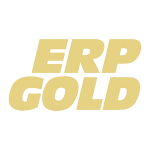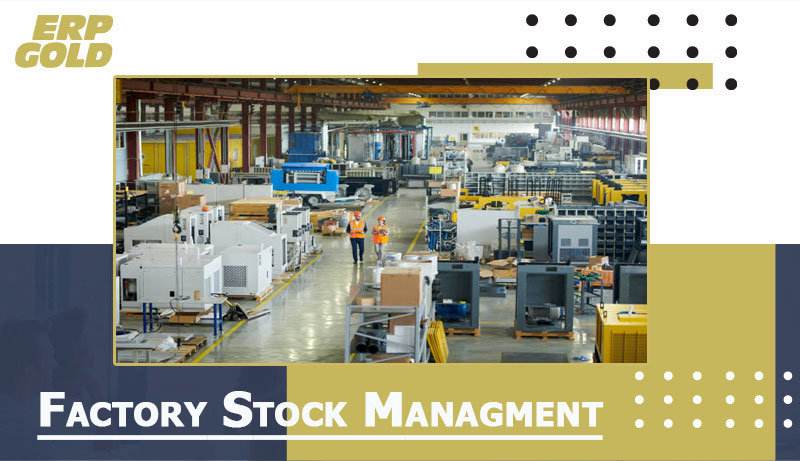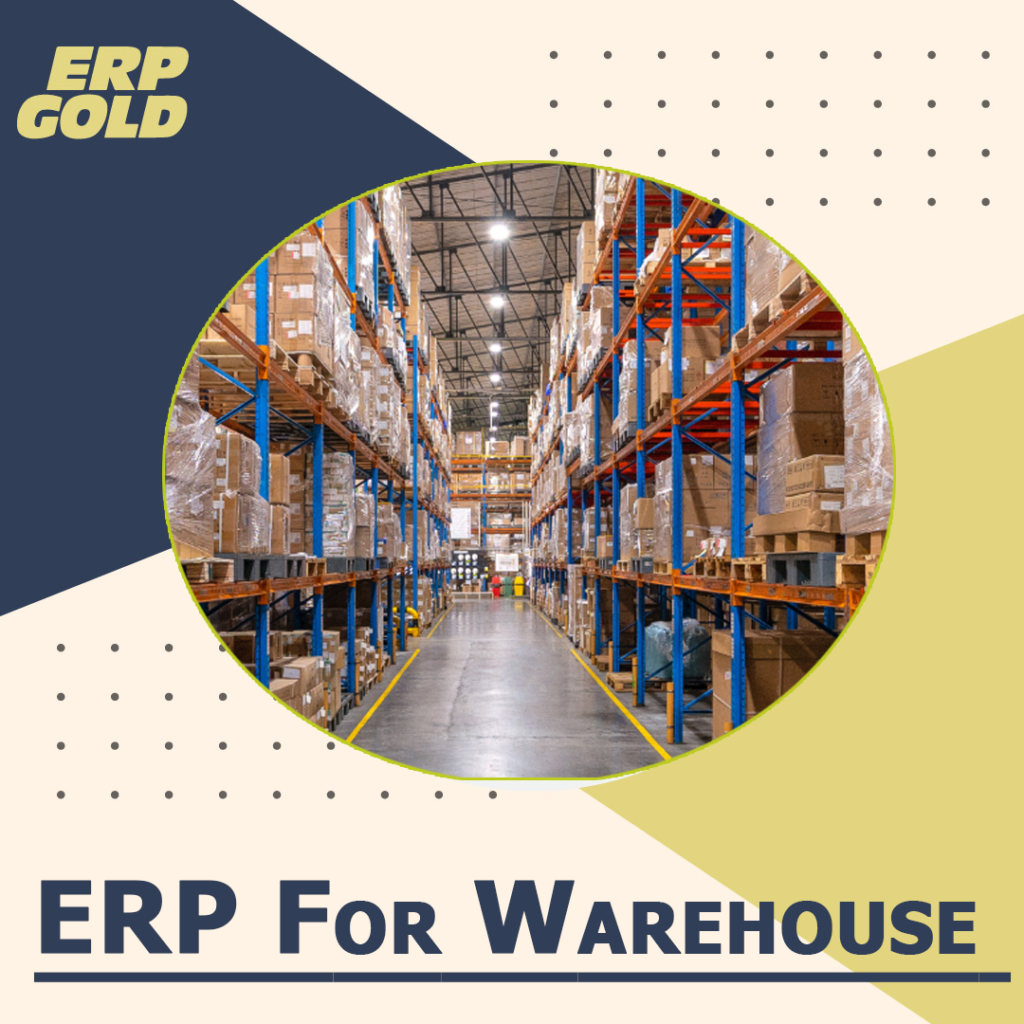Define Warehouse Management Software (WMS)
Before discussing how to choose top warehouse management software vendors, we need to know what warehouse management software is!! A warehouse management system (WMS) is software that allows a company to see its full inventory and manage supply chain fulfillment activities from the distribution center to the retail shelf. Warehouse Management (WMS) systems may also help businesses make the most of their labor, space, and equipment expenditures by coordinating and optimizing resource utilization and material movement.
How to choose WMS vendors
Before using a WMS, be sure you will get substantial business advantages. The key “costs” are the motivation, excitement, and commitment required from the whole top warehouse management software vendors team and senior management to ensure the system is set up effectively, operated appropriately, and optimized consistently.
A WMS is more than an inventory control system and data collecting tool. It is a system that helps automate warehouse activities.
Here are 6 points help you pick the best WMS for your warehouse business.
- Calculate ROI (ROI)
By prioritizing functional requirements above aesthetic considerations, the justification process aids in project budgeting and supplier selection.
A WMS may increase stock accuracy by decreasing mistakes, giving real-time information, and allowing perpetual inventory counting.
- Understand the Pricing Methods
- Licenses. The system’s software licenses are normally purchased by the end user (PC or radio data terminal). Instead of buying the equipment entirely, some sellers now allow you to pay per transaction or monthly.
- Professional services are project management, training, and post-launch support charges.
- Development expenditures encompass non-packaged needs such third-party system interfaces.
- Support expenditures are often dependent on yearly license and development fees. Service breadth and pricing vary greatly amongst suppliers.
- Know and Analyze Your Current Systems
Analyze your existing WMS system if you have one. Whether you use a paper system or an automated system, know what your system provides and what you still need. The system you choose should be extremely adjustable and should function in practically any warehouse scenario. The same care is taken in selecting this system as any other, but in most cases, the lack of capabilities is offset by the reduced chance of systems not connecting consistently and precisely.
- Assess each vendor’s capacity to develop in-house
Everyone’s processes are different and unique to them. When looking at each potential vendors, keep in mind each system probably won’t do everything the same but does it do the important tasks? With most off-the shelf warehouse packages, in-house development is unusual. Therefore, understanding if in-house development is needed is critical
For highly specific needs, or for connection with existing in-house systems, in-house development is occasionally feasible.
- Prepare a RFI (Request for Information)
The more the potential vendor knows about your business and future, the better the system will be. Describe your company, future business orientation, warehouse, and warehouse plans. Also, define your WMS goals in general terms.
Your RFI should list what system functionalities are a priority:
- Digitalization
- Receiving and Stocking
- Storage and Inventory Management
- Life Cycle Tracking
- Order Management and Fulfillment
- Vendor Compliance
- Integration with Existing Systems
- Packing and Printing
- Shipping
- Document Creation
- Narrow Your List of Potential Vendors
Now that you know what you want, you know what your budget is and what functionality is most important, use these criteria to narrow down the possible vendors. And the last step is to arrange a meeting with each of the vendors. This will give you an idea of how professional they are, how attentive they are to your requirements, and how effectively they answer your inquiries.
Key qualities of your warehouse management software
A good warehouse management system delivers value to your organization on a daily and long-term basis. The warehouse solution you choose should decrease supply chain costs, but increase customer happiness, and profitability.
Most warehouse management systems have five key features: functionality, flexibility, integration, scalability, and ROI.
Functionality
An effective warehouse management system is strong and should provide the majority if not all the functionality you are looking for. Examine your warehousing solution’s components. What works well? What causes issues (inventory, labor, communication, etc.)?
Flexibility
A warehouse management system must be flexible. Your company’s storage requirements and overall need will grow and change over time, necessitating an adaptable solution.
Scalability
Planning ahead is critical in business whether you are talking about short-term or long-term goals. You must know your direction and how you plan to achieve them.
The system you choose must also be able to stay up with your company projections and objectives.
ROI-focused
Choosing the warehouse solutions for your company must be based on ROI. If the warehouse system has all the attributes but is going to cost you, is it worth it in the end?
In Conclusion
Warehouse Management Software is software that allows a company to see its full inventory and manage supply chain fulfillment activities from the distribution center to the retail shelf. It is one of the more important systems in your facility. When choosing a vendor to provide the software, there are several things to keep in mind. Make sure you understand your current system. Based on your current system, decide the attributes and functionalities that you need. When looking at various vendors, make sure they offer the flexibility and growth potential that you need. And lastly, make sure the system you decide on fits in your current budget and won’t break the bank in the future based on customizations you may need.
ERP Gold’s warehouse and inventory management software offers an industry-leading solution that streamlines your business and the processes within. To explore how ERP Gold can assist you, click HERE. You can also call us at 888.334.4472 for a FREE consultation. If you want us to call YOU, fill out our contact form HERE. You can also schedule a free consultation or demonstration of our software, by clicking HERE.



